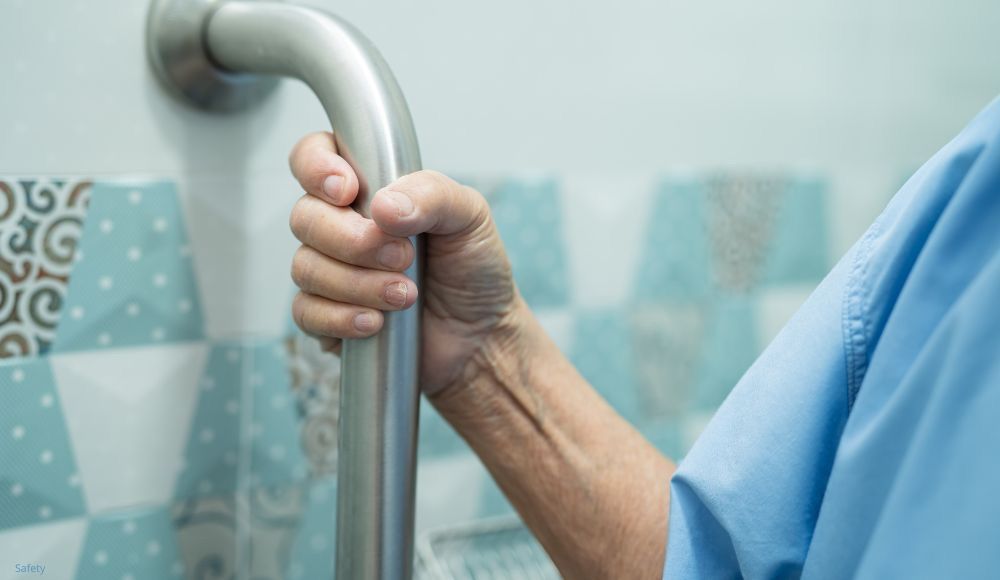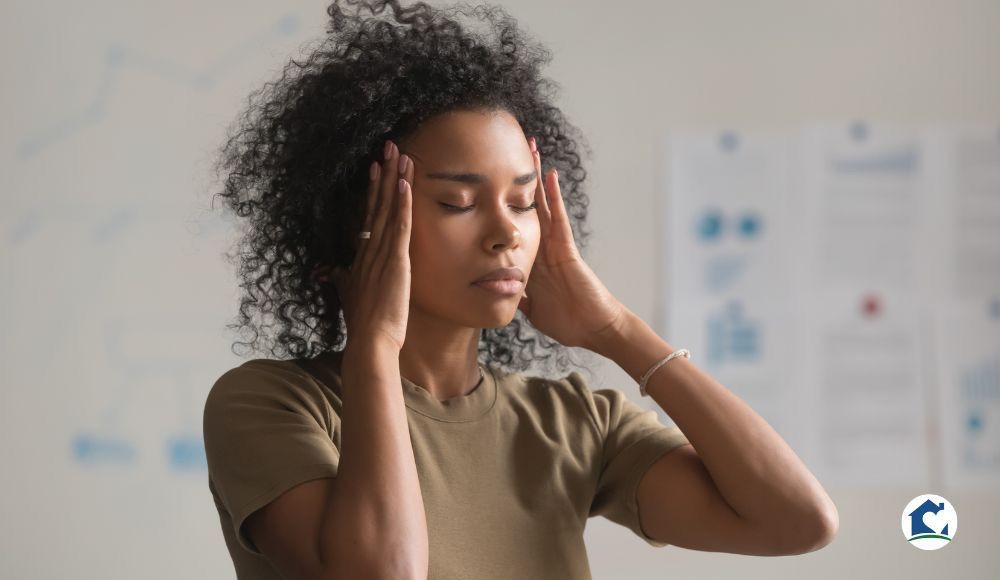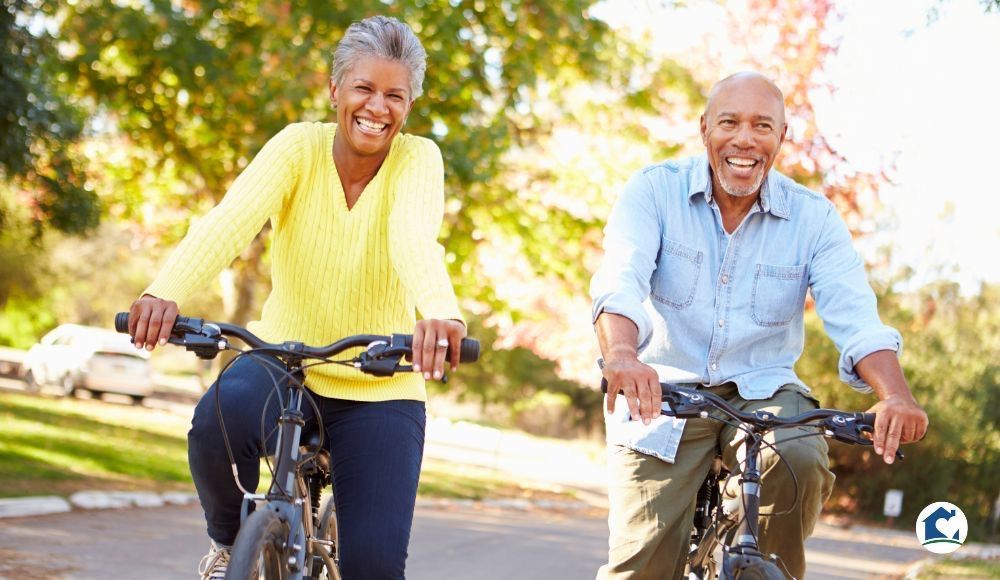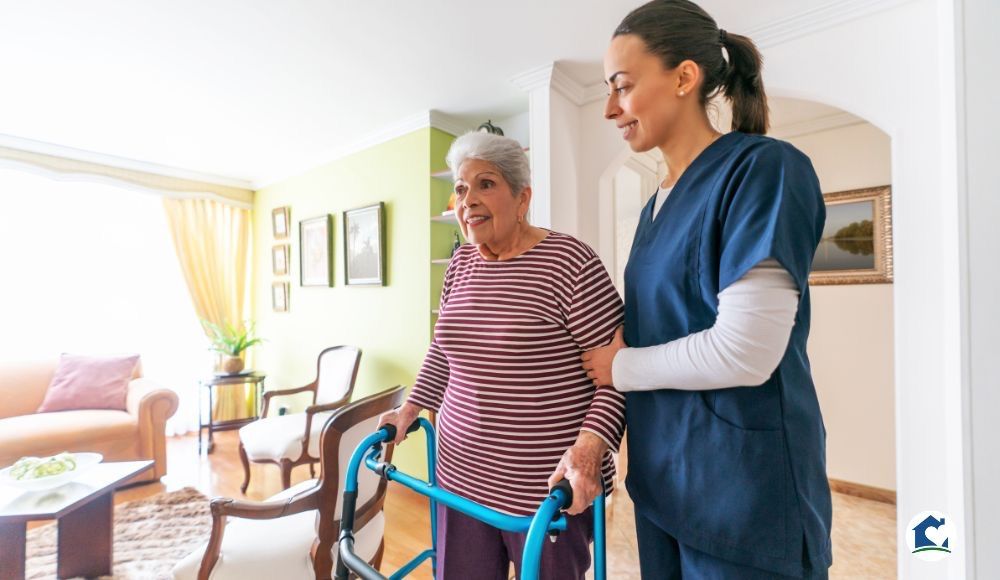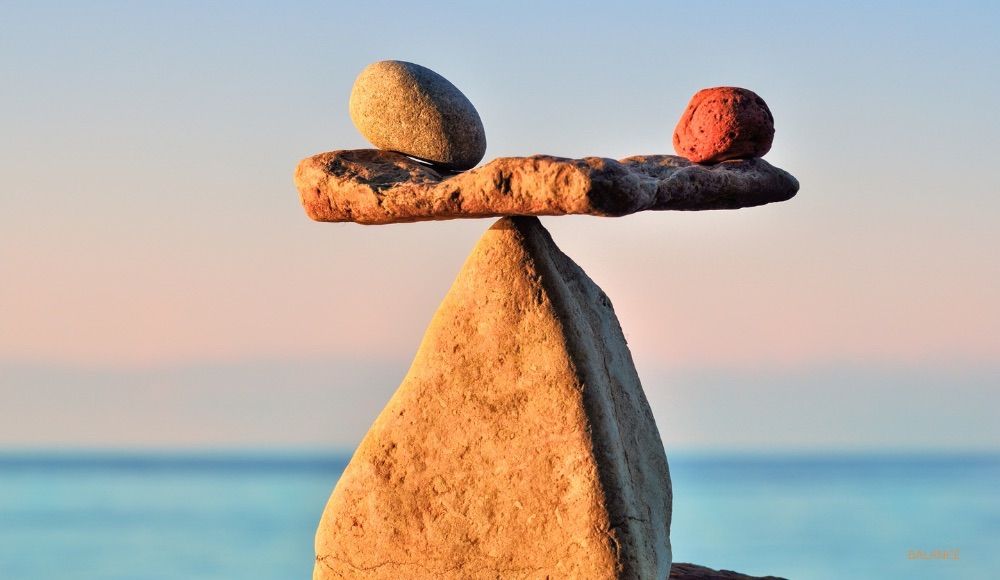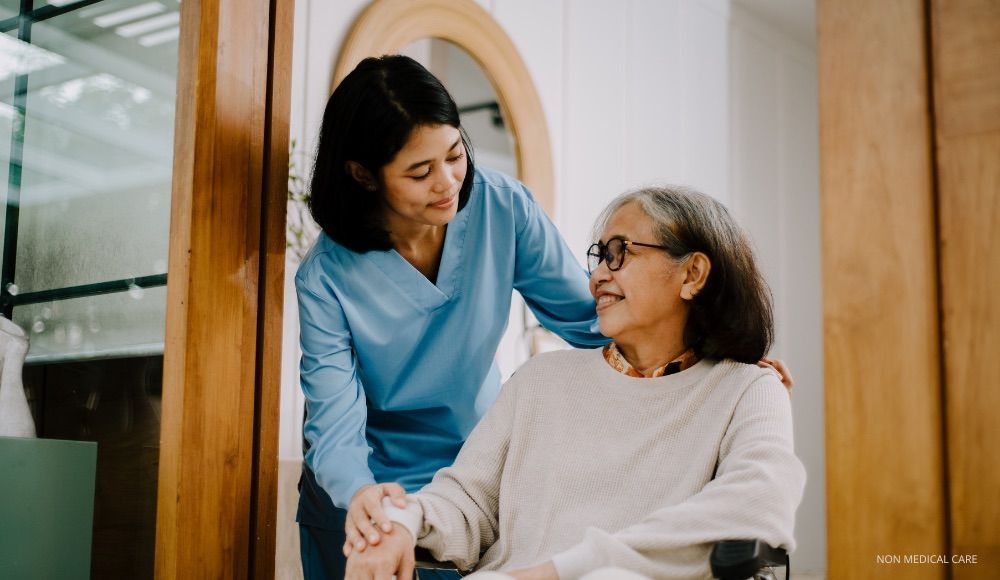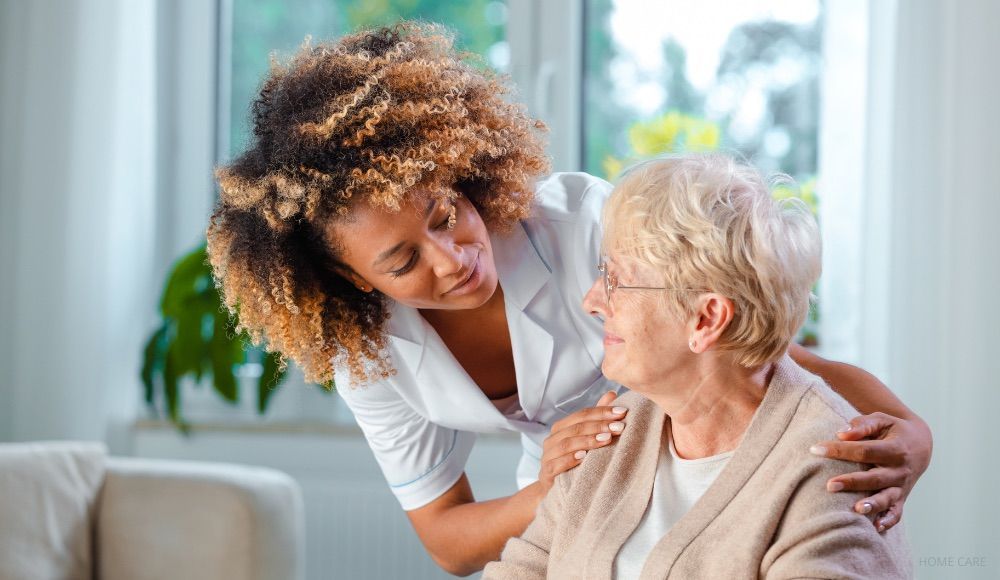How to Maintain a Safe Home Environment for Seniors
Maintaining a safe home environment for seniors is critical to helping them age comfortably and reducing the risk of accidents or injuries. Here are several strategies for creating a safer independent living space for older adults.
Eliminate Tripping Hazards like Loose Rugs
Falls are a significant concern for seniors, so taking steps to minimize fall risks is essential. Start by securing or removing loose rugs:
- Use non-slip pads or double-sided tape to secure rugs firmly to the floor.
- Consider removing smaller or throw rugs entirely, especially in high-traffic areas.
- If securing rugs is not possible, it's best to remove them altogether.
- Choose wall-to-wall carpeting instead of area rugs.
- Use non-slip, rubber-backed mats less likely to shift or bunch up.
- Consider low-pile carpets for better stability.
- Ensure all carpets are fixed firmly to the floor.
- Apply non-slip strips on tile and wooden floors to increase traction.
- Routinely check and maintain the condition of rugs and flooring.
- Replace worn or damaged rugs promptly.
Implementing these measures can significantly reduce the risk of tripping hazards in your home, creating a safer environment for everyone, especially seniors and those at higher risk of falls.
Install Adequate Lighting in Stairways and Hallways
Proper lighting in stairways and hallways dramatically improves visibility, allowing seniors to see obstacles and potential hazards clearly and navigate their surroundings safely. They can also better identify changes in elevation, such as steps or thresholds. The improved visibility is crucial since older adults often experience age-related vision changes, requiring up to 50% more light than younger individuals.
Well-lit stairways and hallways contribute to fall prevention by minimizing the risk of trips and stumbles, helping seniors maintain balance and stability. They also allow better depth perception, especially on stairs, and can reduce fall rates among older adults by up to 30%.
Some specific lighting solutions include:
- Installing bright overhead lights
- Using wall-mounted fixtures for even illumination
- Adding motion-sensor lights for automatic activation
- Implementing step lighting on staircases
By incorporating these lighting improvements, older adults can maintain a safer home environment, reducing the risk of accidents and promoting independent living.
Ensure Fire Detectors and Alarms are Functioning
Follow these recommendations to ensure fire detectors and alarms are functioning correctly in the homes of older adults:
- Test smoke alarms and fire detectors at least once a month.
- Replace batteries in battery-operated alarms at least once a year or when the low-battery warning chirps.
- Clean the alarms quarterly by vacuuming with a soft brush attachment to remove dust and debris.
- Replace smoke alarms every 10 years to ensure optimal performance.
- Perform regular visual checks to ensure no physical damage to the devices.
- Verify that nothing is obstructing the sensors or alarms.
- Check that all components are securely in place and not loose.
- Schedule annual comprehensive inspections by qualified fire alarm technicians.
- Install alarms inside and outside each bedroom and on every level of the home.
- Keep alarms from air ducts or fans that could blow smoke away from sensors.
- Keep software up-to-date for digital fire alarm systems.
- Consider upgrading to newer models with advanced features periodically.
Contact Us for Help to Age in Place Safely
Phoebe Ministries offers several options—from in-home health care for seniors to independent living communities—to ensure you or a loved one can continue living safely and independently. Call us today at 610-625-5206 or connect with us online to learn more.

